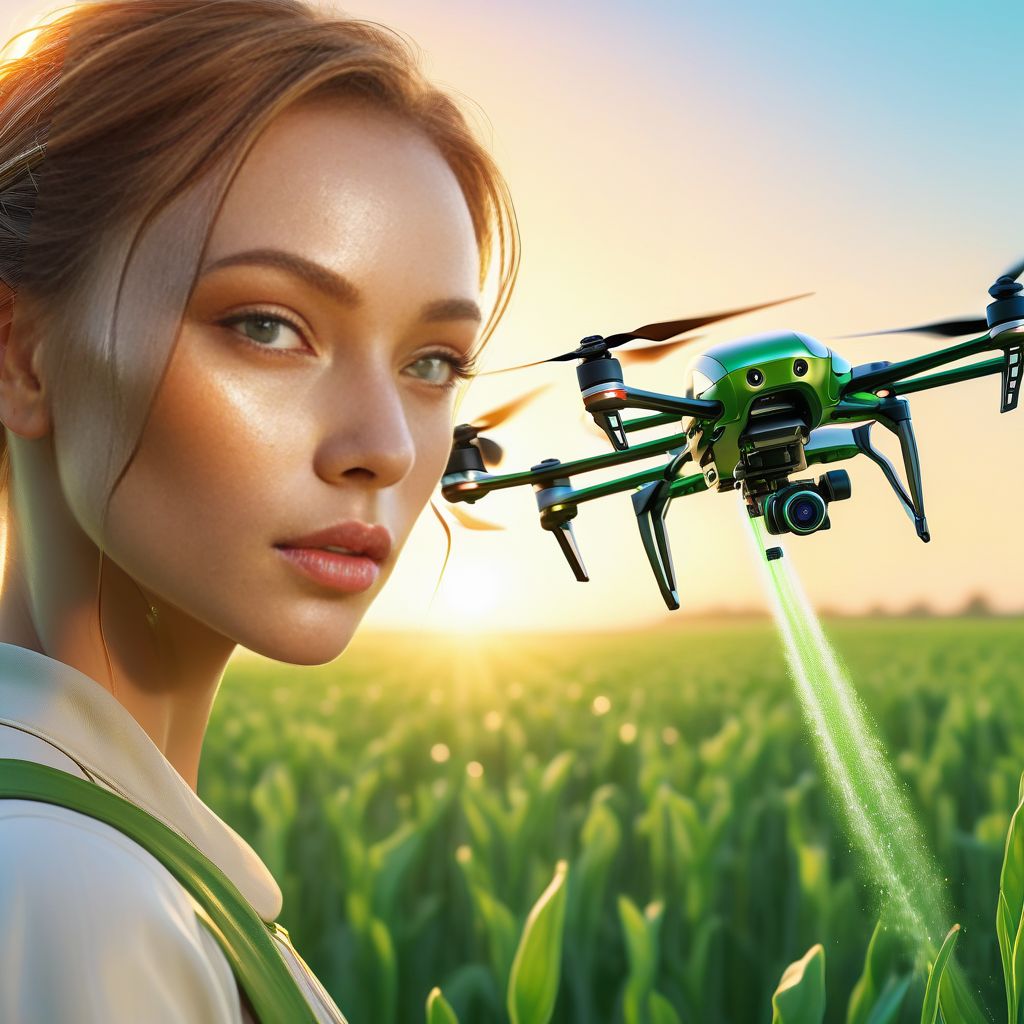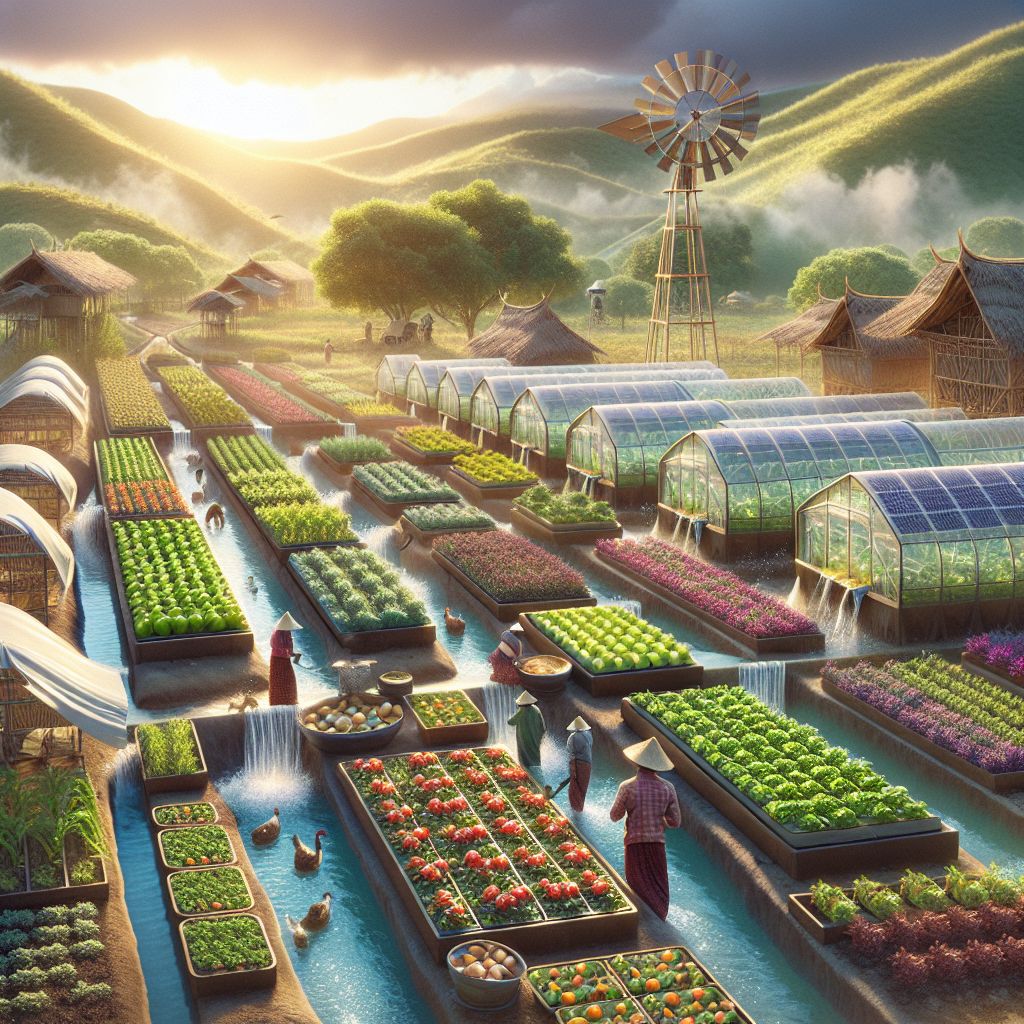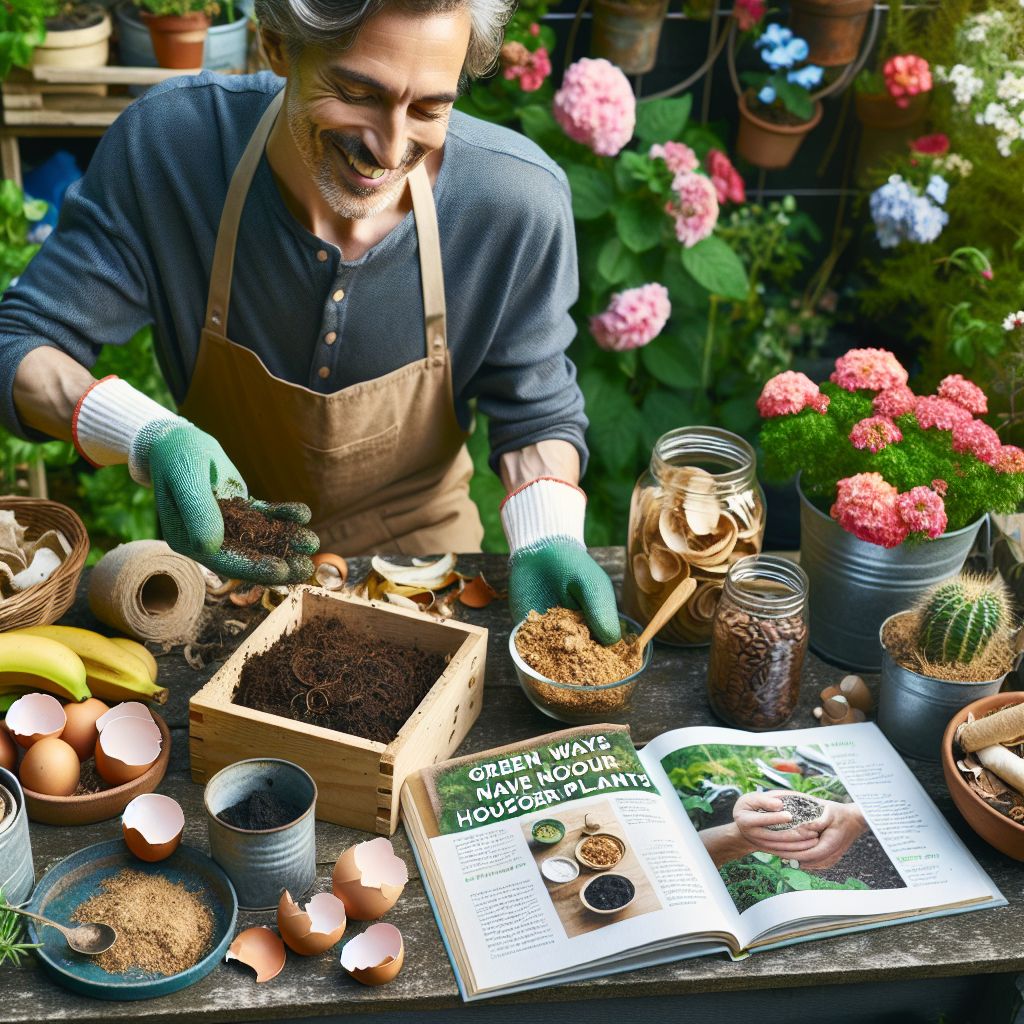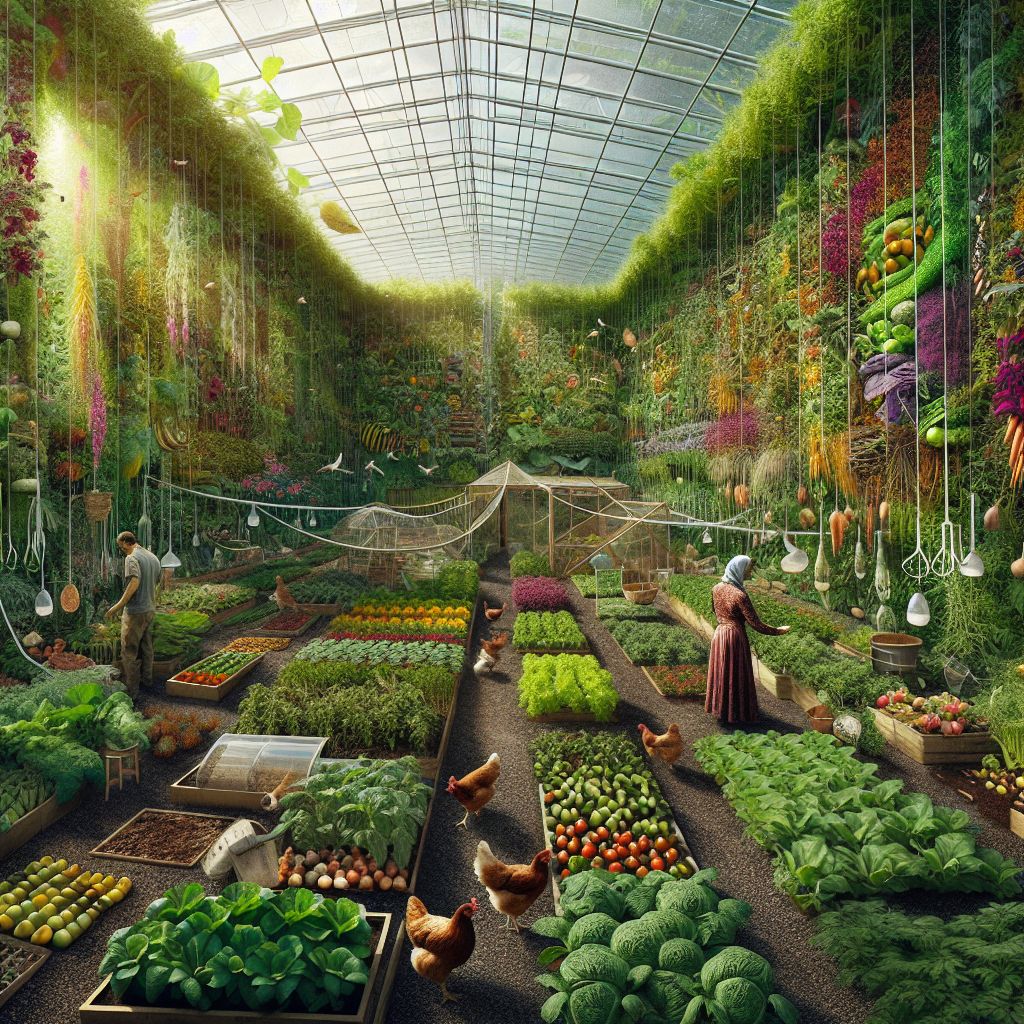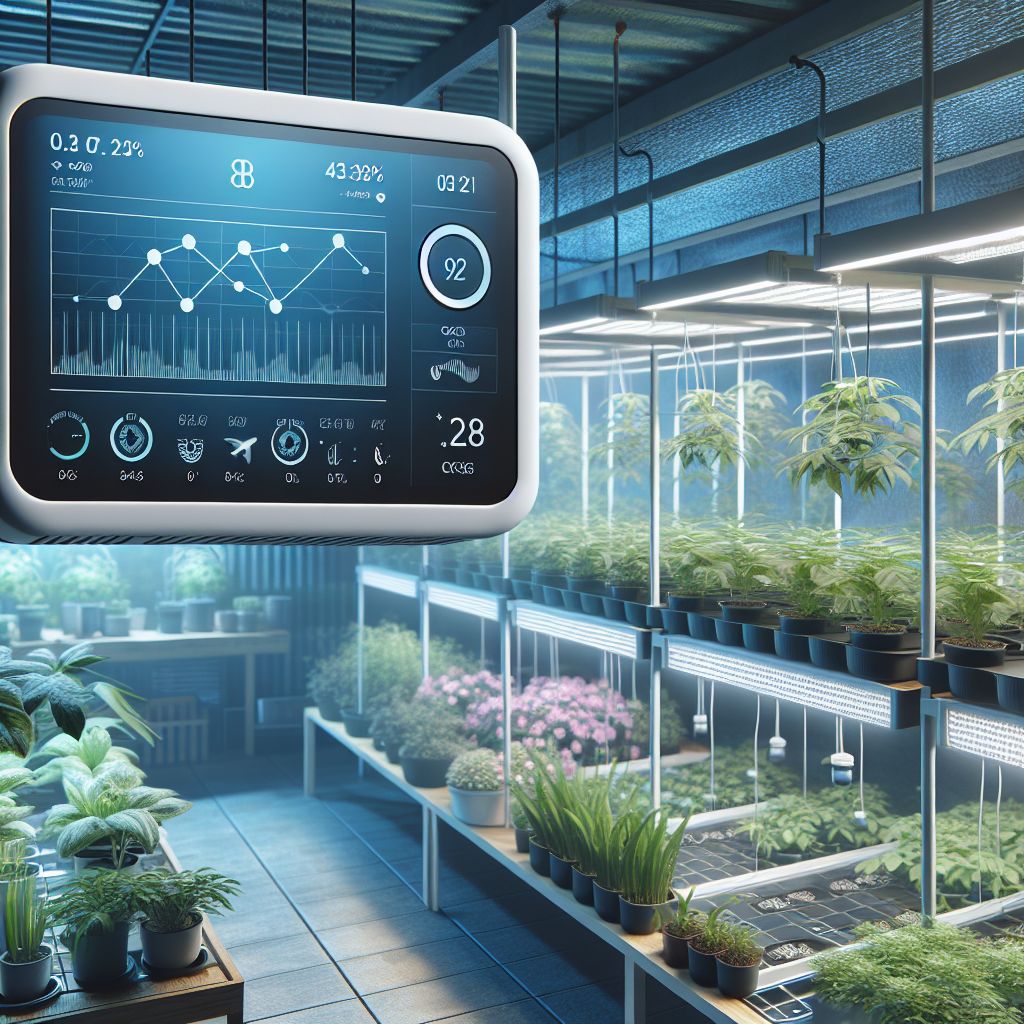Soaring Above Challenges: The Role of Drones in Urban Farming
Urban farming is transforming rooftops, vacant lots, and balconies into lush, productive spaces. But to truly elevate our game, we’re taking to the skies – with drones. Precision crop care drones are not just a fancy gadget, they are a revolutionary tool that can significantly boost your urban farm’s yield and sustainability.
Boost Your Urban Farm’s Yield with Drone Technology
Imagine your urban farm as a high-tech ecosystem, where every plant receives exactly what it needs, precisely when it needs it. That’s what drones bring to the table. They fly over your crops, equipped with sensors that gather data on plant health, soil conditions, and moisture levels. This information is gold, allowing you to make smart decisions that can lead to healthier plants and bigger harvests.
How Drones Tend to Urban Crops from the Sky
Drones are like the ultimate farmhands. They can monitor your crops for signs of stress, disease, or pests. But they don’t just watch – they act. Equipped with spray nozzles, they can deliver water, fertilizers, or pesticides right where they’re needed. This pinpoint accuracy means you use less water and chemicals, which is better for your crops, your wallet, and the planet.
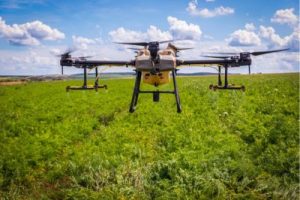 “Drone spraying. Technology …” from www.flickr.com
“Drone spraying. Technology …” from www.flickr.com
Top 5 Crop Spraying Drones on the Market
Choosing the right drone is crucial. You want one that’s reliable, easy to use, and suitable for the size and type of your urban farm. Here are five of the best crop spraying drones out there:
- DJI Agras MG-1 – An octocopter designed for precision and power.
- Parrot Bluegrass – A versatile drone that’s perfect for smaller spaces.
- Yamaha RMAX – A larger drone for more extensive urban farming operations.
- eBee SQ – A fixed-wing drone that excels in mapping and data collection.
- HSE M4E – A quadcopter with a range of spray nozzles for different applications.
Advantages of Using a Crop Spraying Drone Over Traditional Methods
Let’s break down why drones are superior to traditional farming methods. First, they save time – lots of it. You can cover more ground faster than you ever could on foot. They’re also more precise, which means you’re only treating the areas that need it, not wasting resources on healthy parts of the crop. And because they operate above the ground, they don’t compact the soil or damage plants like ground-based machinery can.
Disadvantages of Using a Crop Spraying Drone Over Traditional Methods
Of course, no technology is without its drawbacks. Drones require an upfront investment, and you’ll need to learn how to operate them – though this is getting easier all the time. They also need to be charged and maintained, and you’ll need to keep an eye on regulations, which can vary widely depending on where you’re farming.
Targeted Care: Delivering Nutrients and Protection
Targeted care is where precision crop care drones truly shine. They can zero in on areas that show signs of nutrient deficiency or pest infestation. By doing so, drones ensure that every drop of your nutrient mix or organic pesticide goes exactly where it’s needed. This targeted approach not only conserves resources but also prevents the over-application of chemicals, safeguarding the health of your urban ecosystem.
And it’s not just about what they can deliver, but also how they do it. Drones can apply these substances during optimal weather conditions and at the best time of day for maximum effectiveness, ensuring that your crops get the most out of every treatment.
Avoiding Pests and Diseases: Proactive Drone Scouting
Pests and diseases can wreak havoc on urban farms, where space constraints often mean that problems spread quickly. Drones are a game-changer here, offering a bird’s eye view to spot trouble early. Regular drone flights can identify issues before they become major problems, allowing for rapid response and management. This proactive scouting is a cornerstone of modern, sustainable urban farming practices.
Early Detection: Saving Crops with Timely Interventions
The key to managing pests and diseases is catching them before they take hold. Drones equipped with high-resolution cameras and specialized sensors can spot the tell-tale signs of trouble that the human eye might miss. Spotting an irregularity from above could mean the difference between a minor issue and a full-blown infestation.
Most importantly, this early detection enables timely interventions. With the precise data drones provide, you can apply treatments to just the affected areas, often stopping pests and diseases in their tracks and saving your precious crops from harm.
Spraying with Precision: Minimizing Chemical Usage
When it comes to applying treatments, precision is paramount. Drones allow for ultra-precise spraying, dramatically reducing the volume of chemicals used. This is not only cost-effective but also environmentally friendly, reducing runoff and the potential for chemical exposure to non-target areas.
- Map out infestation zones and target them directly.
- Adjust spray volume and droplet size based on crop and pest type.
- Apply treatments at the optimal time of day for maximum absorption.
By taking these steps, you’re not just protecting your crops, you’re contributing to a healthier urban environment.
From Pilot Projects to Sky-High Success
The journey from experimental pilot projects to widespread adoption of drone technology in urban farming has been rapid. Early adopters have shown that drones are not a futuristic fantasy but a practical tool for today’s urban farmers. Their success stories have paved the way for others to follow, demonstrating that the sky’s the limit when it comes to urban agricultural innovation.
Navigating Regulations and Airspace in Urban Environments
One of the biggest challenges for urban drone farming isn’t technical—it’s regulatory. Urban areas come with a complex web of airspace restrictions and privacy concerns. Therefore, it’s crucial to understand the rules that apply to your area. This includes no-fly zones, altitude limits, and permissions needed to operate your drone. Staying informed and compliant ensures that your drone operations are legal and safe for everyone involved.
Case Studies: Urban Farms Reaping the Benefits of Drones
Let’s look at real-world examples of urban farms that have embraced drone technology:
In Tokyo, a high-tech vertical farm uses drones to monitor and tend to its crops, resulting in a 100% increase in productivity compared to traditional farming methods.
In Detroit, an urban farm employs drones for mapping and soil analysis, leading to a 20% reduction in water usage and a significant drop in their carbon footprint.
- Increased crop yields and resource efficiency.
- Reduced labor costs and environmental impact.
- Enhanced crop monitoring and health assessment.
These case studies illustrate the tangible benefits that precision crop care drones can bring to urban farming endeavors.
The Future of Urban Farming: Next-Gen Crop Care Drones
The future of urban farming is looking up—literally. Next-generation crop care drones are on the horizon, with emerging technologies that promise even greater levels of precision, autonomy, and efficiency. As these technologies develop, they will integrate seamlessly into the smart urban agricultural landscape, providing data and services that are currently unimaginable.
Emerging Drone Technologies and Their Potential
Emerging drone technologies include AI-driven analytics, improved battery life, and even solar-powered drones. These advancements will enable drones to fly longer, learn from the data they collect, and perform more complex tasks without human intervention. The potential for these technologies to revolutionize urban farming is immense, offering solutions that are not only innovative but also sustainable.
Integrating Drones into the Smart Urban Agricultural Landscape
As urban farming becomes more sophisticated, drones will become a core component of the smart agricultural landscape. They’ll work alongside sensors, automated systems, and AI to create farms that are highly responsive and self-regulating. This integration will lead to urban farms that are not just productive, but also resilient and adaptive to the changing needs of the city environment.
Frequently Asked Questions (FAQ)
Can drones be used in any type of urban farming operation?
Yes, drones are versatile tools that can be adapted to a wide variety of urban farming operations, from rooftop gardens to larger community farms. The key is to choose the right type of drone for your specific needs.
What sort of training is required to operate agricultural drones?
Operating agricultural drones requires some training, particularly in flight controls, safety procedures, and understanding the data they provide. However, many drone manufacturers offer training programs, and as drones become more user-friendly, the learning curve is becoming less steep.
Are there limitations in drone technology for urban areas?
Yes, there are limitations, such as regulatory restrictions, potential privacy issues, and the need for clear weather conditions. However, ongoing technological advancements are addressing many of these challenges.
How cost-effective are drones for small scale urban farms?
Drones can be very cost-effective for small scale urban farms, as they help to reduce labor costs, minimize resource waste, and increase yields. The initial investment can be offset by these long-term savings.
What is the environmental impact of using drones in farming?
The environmental impact of using drones in farming is generally positive. They help reduce the use of water and chemicals, lower emissions from farm equipment, and can be powered by clean energy sources.
- Drones offer precise crop care, enhancing urban farming efficiency.
- They provide vital data for monitoring plant health and soil conditions.
- Drones can target areas that need nutrients or pest control, reducing waste.
- Adopting drone technology can lead to increased yields and sustainability.
- Urban farmers must navigate regulations and airspace challenges.

